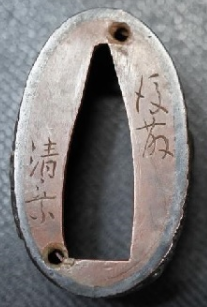Leaderboard
Popular Content
Showing content with the highest reputation on 10/04/2024 in all areas
-
7 points
-
7 points
-
6 points
-
6 points
-
6 points
-
5 points
-
5 points
-
5 points
-
4 points
-
4 points
-
4 points
-
4 points
-
4 points
-
4 points
-
4 points
-
3 points
-
3 points
-
Read from right to left, 第二千八百七十三号 -> No. 2873 コクラケン -> Kokuraken https://aucview.com/yahoo/j1140802752/ Here, this rifle also had similiar number to yours.3 points
-
3 points
-
3 points
-
3 points
-
Don't use gun oil on swords. A lot of them have cleaning elements meant to dissolve powder residue, lead, copper fouling etc in them, as well as lubricants that may or may not come off with isopropyl. This applies to things like wd40 and 3 in 1, break free, etc as well. Stick with sword oil or mineral oil.2 points
-
Hi Jake, Just a few simple things to look at- when you look at goto work you are usually looking at excellent and precise execution. Look at the nanako on a verified goto piece. Compare that with yours and you can see there is a big difference in execution and precision. The precision of design and carving in any design a goto artist does is crisp and flows. Look at your horses, they look a bit muddled in comparison. Not trying to knock your piece, just pointing out a few things that caught my eye immediately. I don't know lot about the Goto school but have overtime come across lots of pictures (wish more in hand). You start to see what goes into a quality piece by breaking down the details. There is a reason why the Goto school is so respected. I am guilty as most, looking at the signature 1st. But we always heard from the "older crowd" that the "workmanship confirms the signature " and I understand why now more than when I first started collecting. Why is this so hard to accept? Simply, it points out how much I don't know. Lol. Best of luck and I'm glad you are enjoying what you have.2 points
-
2 points
-
I always thought that Choshu is underrated as a tsuba school - they have some magnificent work.2 points
-
2 points
-
2 points
-
2 points
-
Well back to the armor! I think we are talking about a "Tetsu sabiji nimai-dô gusoku" (russet iron two part-cuirass armor - simplifiyed naming!) with nunome-zogan adornment, might dating back to the latter half of the Edo period. The helmet is a so called "Hoshi-kabuto" (or Koboshi-kabuto)* of rather good quality. Unfortunately the provided pictures don't tell much about the whole. What I can say is that kote (sleeves) and suneate (shin guards) comming from a matching set, but it seems the haidate (apron) is missing. This is also true for the dô (cuirass) and the kabuto (helmet)*. In case of the Jingasa (bajo-jingasa = riding hat) and the ogi (fan), however, we can't be sure... Note, the dô is insofar interesting, that it was made to look like a rokumai-dô (six part cuirass)! A word about the mon (coat of arms) that makes the helmet and the cuirass "matching". The example below is very close and probably related at least to 3 families, namely: 島村氏, 河村氏 and 茅野氏. The names have several readings so I won't go deeper for the time being... * The helmet might be older. It would be nice to have some more pictures (front-, side-, back- and top-view) as also some shots from inside, if the liner (ukebari) allows it?!2 points
-
Guy, over at this Wehrmacht-wards thread, did a great translation of the Ohmura page on Murata Tsuneyoshi. There were 2 things I learned that I had never caught before: "Baron Murata Tsuneyoshi, a major general in the army, was an expert marksman. He developed the famous "Murata gun." Afterwards, he wanted to improve military swords, so he made a prototype military sword out of saber steel (sword steel from Solingen, Germany) in stock at the Tokyo Artillery Arsenal. Because it cut very well, under the guidance of Miyamoto Kanenori and Yokoyama Sukekane, he cut the Swedish steel and Japanese steel into strips in a ratio of 6:4, melted them at 1,500℃, and forged them into a round shape and hardened in oil to complete the blade. In October 1891, during a blade test at the arsenal, he used two blades to successfully cut a pig's skull. Since there was no abnormality in either blade, they were adopted as military swords based on this result. Because it was inexpensive and easy for even junior officers to obtain, it was widely used in the Sino-Japanese and Russo-Japanese wars, and it was proven to be a practical military sword that was resistant to rust and had a good cutting ability. Manufactured at the Tokyo Army Artillery Arsenal. The inscription read "Shoju Kanemasa" and underneath it he wrote the four characters for Murata Tsuneyoshi in seal, creating a seal that combines the two characters. The year and manufacturing number are stamped on the back. In addition, swords that he forged himself were inscribed with the inscriptions "Kanemasa" and "Murata Tsuneyoshi." As it did not have a blade pattern, it did not receive any recognition in the sword world.(For more information, see "The Spirit of the Sword" by Murata Tsuneyoshi) I had always wondered why the only smith we see on Murata-to (not zoheito) is Kanemasa. That's because Kanemasa was Murata's swordmith name! Also, the stamped numbers were his "manufacturing numbers"! I don't think I've ever seen one with "four characters for Murata Tsuneyoshi in seal, creating a seal that combines the two characters." Very interesting!1 point
-
Asarum caulescens (hollyhock) and Paeonia suffruticosa (peony).1 point
-
Many of the stamps are not clear, so they are to a degree open to interpretation. Usually with these Jinshin registration numbers there is an indication somewhere on the barrel or stock nearby noting the place of registration. If we follow the same direction as the numbers (which go from right to left), then the bottom word makes sense as Kokufu Ken コクフケン. With the Kanji it would be, as I said above, 国府縣 if you use the old kanji 縣 for 県 Ken (prefecture). (Originally I thought it might be ユリフ, but that did not make much sense as I could find no record of such a place.) This would tell you simply that a gun originally made somewhere in Japan was picked up in the great registration of 1872 in Gifu.1 point
-
@Bruce Pennington Since the navy sword is called "太刀型軍刀" (Tachi-style military sword), I suppose it should have a tachi mei. http://ohmura-study.net/730.html http://ohmura-study.net/284.html 刀身 一、皇國古来ノ太刀又ハ打刀ノ身若ハ皇國獨特ノ鍛錬法ニ據レル新身ヲ用フルコト、洋鋼打延ノモノノ如キハ適當ナラズ 二、刀身ノ長サハ佩用者ノ身長及修得セル劍術流派ニヨリ定ムベキモノナルモ一尺七寸以上ヲ可トス 三、ハバキハ太刀ハバキトシ金、銀、銅又ハ金銀著セノ何レニテモ差支ナク鑢目等モ随意ノコト1 point
-
1 point
-
Not being very knowledgeable on Korean weapons but: Its a complex question since there is a variety of blades and koshirae styles. If its blade-wise, first thing I personally look at is nakago. Continental swords in Japanese style are more likely to have either completely flat or at least very low shinogi profile in this area. Contiental tsuba has a rectangular opening, which underlines the difference in nakago profile. Yokote is often shaped differently on continental even if it mimics the Japanese style well, and kossaki proportions are generally expected to be different. Polishing is significantly different and generally jigane is not well accented, but this is often not obvious since there can be no polish remaining. Etc. Etc. Etc. In regards to tsuba - often similar to Hizen Nanban, some examples are very large tosho/katchushi-like pieces, but there was a huge variety of styles throughout the many centuries. Late 16th, early 17th century examples often do have kogai/kozuka ana but they are not functional (very narrow or curved), related to period fashion and appear more often on soft metal (uncommon) examples.1 point
-
Different people. Long lineage of Soshu Hirotsugu with a typical Sagami Hiro name, and a short lineage of Hizen Hirotsugu which is related to it but Kambun+. Entirely possible a student of Hizen Hirotsugu - unrecorded Hizen Hirofusa. Seen dozens of unrecorded smiths, currently own a few. Somewhat more common with periods like 1700 when many smiths were forced to abandon trade and not much information exists about them.1 point
-
Shodai Shimizu. Founder of the Jingo school. Ref: published in Ito-san's books.1 point
-
Martin, Google “Japanese boys day” or “Japanese children’s day” and “Genpuku ceremony” This will give you a good understanding of both the annual boys (children’s) day celebrations and also the boys “coming of age” ceremonies. Basically a sword of greatly scaled down proportions ie fit for a child was often gifted on boys coming of age and also often displayed on the annual children’s day. These ceremonies go way back into distant Japanese see history. Such swords are usually of very modest quality and often carry dubious Mei of famous smiths. Having said that, some can be quite fancy reflecting the wealth of the family. Hope this helps. Best.Colin.1 point
-
1 point
-
Just to complete the story, I passed on my thoughts on the collection in a detailed reply to the curator. I thought given the limited funds available the museum should know what they have and that many of the pieces are not what they purport to be. eg the signed Yukihira tanto. The Masamune is worth more detailed inspection but in light of the entire collection, its highly unlikely to be a real Masamune. Perhaps another Soshuden Masterwork piece and that if the museum wanted they could have a trained togishi open up a window to expose the jihada and hataraki. If worthy of a full polish to have it returned to Japan for a high end mukansa polish. In its current state almost impossible to glean any further insight. I'm guessing the Curator didn't appreciate the feedback and never responded...... but better to know right. Btw a preeminent expert inspected another sword, which wasn't at the Steyr museum when I visited, and signed Sadamune. He says that was also Gimei.1 point
-
1 point
-
1 point
-
Hello Jake , as no one else has commented I will give you the bad news . There is no chance of these being Goto . The workmanship is just nowhere near good enough . You would expect the Shakudo to be a dark bluey black wheras yours are a coffee color . Sorry to ruin your day . Attached is one of my pieces signed Goto Deshi ( I forget the rest ) which will show you what the color should be like . Ian Brooks1 point
-
1 point
This leaderboard is set to Johannesburg/GMT+02:00

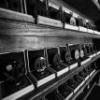



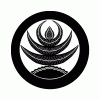






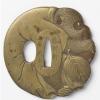



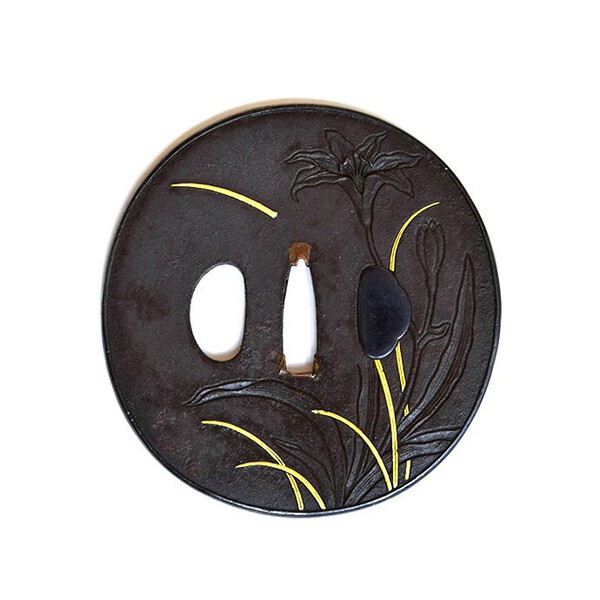
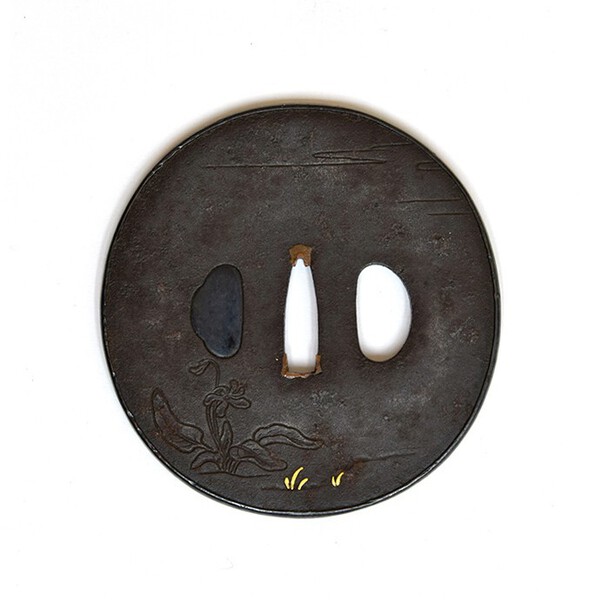
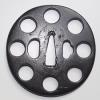
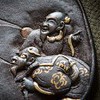











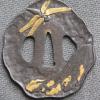






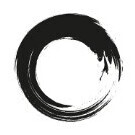
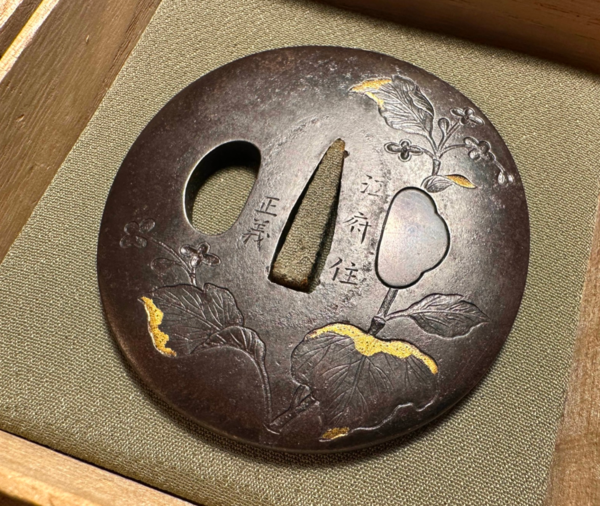





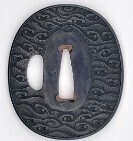











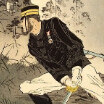








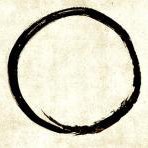

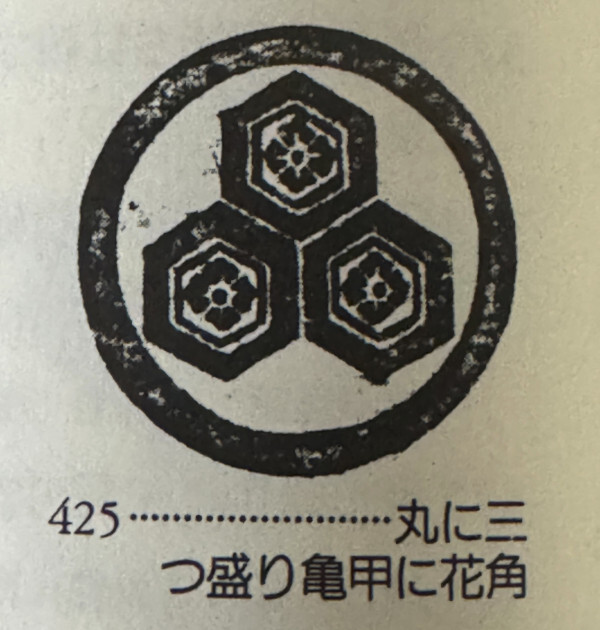



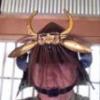
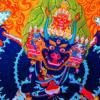
.jpg.d51b87effd5f34686168709d7be54ddd.jpg)










